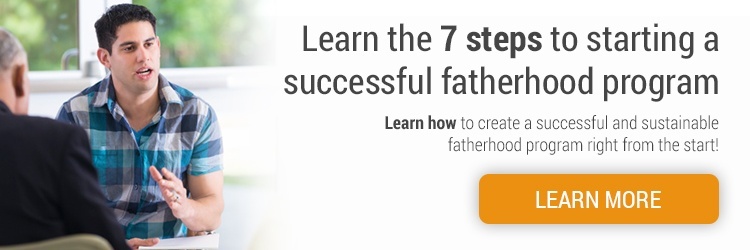
To build an effective fatherhood group, it’s vital to think about the group as more than a collection of individuals. Think about an effective fatherhood group as a team with you as the quarterback. That’s why being aware of the research on what makes for effective teams and groups can help you become a better facilitator.
Dan Coyle spent four years searching for the keys to effective teams. He visited with teams at Google, Disney, IDEO, and with teams of Navy Seals. He also visited with teams of comedians and, get this, jewel thieves. Yep! Even criminals need the keys to success. What he discovered were three common elements that create an environment—a team culture—that provides the sustenance for:
- High performance
- Motivated team members
- Trust among team members
- Cooperation among team members
The three elements are:
- Build safety: Create an environment in which members feel safe to share through “belonging cues.” (I’ll return to belonging cues in a moment.)
- Share vulnerability: Engage in “reciprocal vulnerability.” When one member shows vulnerability (i.e. weakness), others respond by showing their own vulnerability.
- Establish purpose: Develop a shared goal and remind members of it often.
When you leverage these elements, you’ll create a fatherhood group that operates as a cohesive unit, thus giving each member an environment in which he’ll be more likely to digest the content of your fatherhood program and apply it.
Belonging cues is perhaps the most useful tool you can use to leverage these elements. That’s because they help you model how members can create connection and chemistry with one another.
These cues are:
- Close proximity (e.g. sit in a circle)
- Lots of eye contact
- Physical contact (e.g. hugs, pats on the back, and fist bumps)
- Lots of short, energetic exchanges (i.e. no long speeches)
- Everyone talks to everyone else
- Few interruptions
- Lots of questions
- Active listening
- Humor and laughter
- Acts of courtesy (e.g. say thank you and open doors for one another)
Model these cues for dads and encourage them to use the cues.
You can read more about these three elements in The Culture Code: The Secrets of Highly Successful Groups.
Want to super charge your facilitation skills? I encourage you to acquire the Effective Facilitation Certificate™ from National Fatherhood Initiative. It’s an affordable, on-demand, self-paced, online training that will make you an even better facilitator.
What tactics and tools do you use to create an effective fatherhood group?
Have you reflected on whether you can improve as a facilitator?
